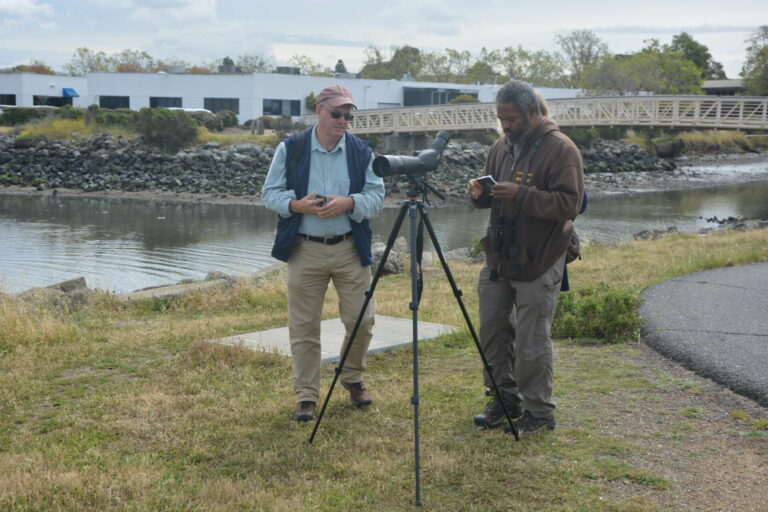The Curious Case of Mama Kite
(This blog was originally published at Josh Kornbluth’s substack But Not Enough About Me here)
By Josh Kornbluth
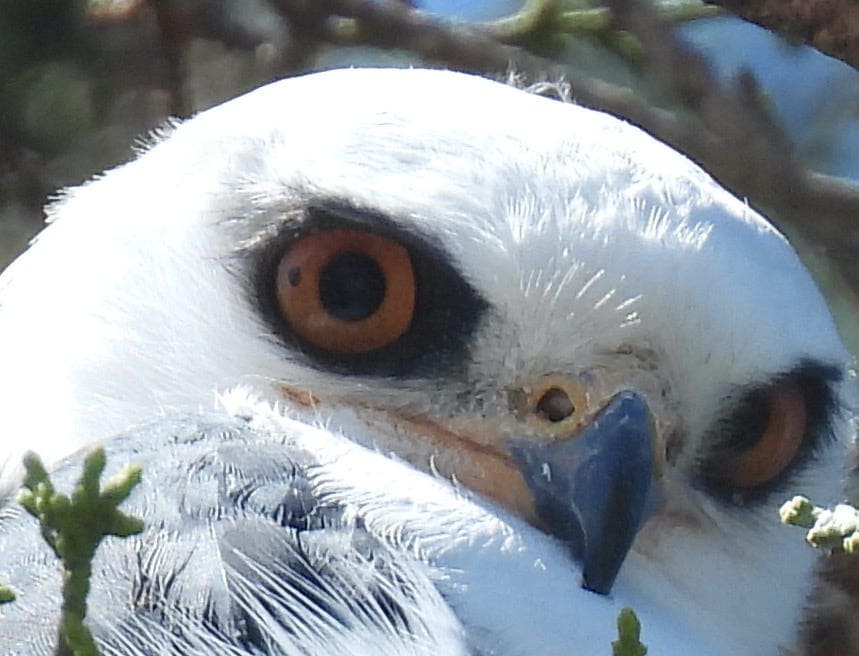 As usual, Sara noticed it first: the freckle in this White-tailed Kite’s right eye. Photo: Sara Sato
As usual, Sara noticed it first: the freckle in this White-tailed Kite’s right eye. Photo: Sara Sato
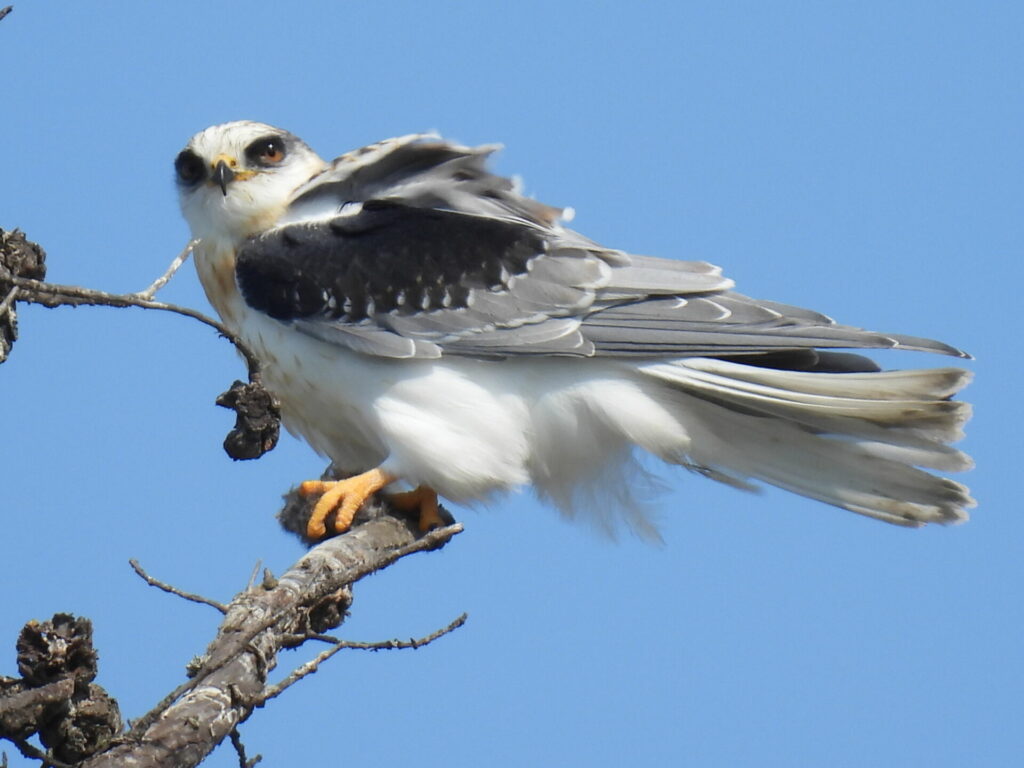 As usual, Sara noticed it first: the freckle in this White-tailed Kite’s right eye. Photo: Sara Sato
As usual, Sara noticed it first: the freckle in this White-tailed Kite’s right eye. Photo: Sara Sato
My wife has uncanny bird-spotting abilities. We’ll be tooling along on our bikes on the San Francisco Bay Trail and Sara, riding ahead of me, will suddenly signal that she’s about to stop. Then she’ll jump off her bike and look through her binoculars at something in the distance. I’ll do the same — and see … nothing. No birds, I mean. But now she’s pulling out her camera, using its telephoto lens to confirm what she’s somehow picked up on: that way out yonder, what looked to me, even through my “bins,” like a tiny blur is actually, say, an Anna’s Hummingbird. She could tell from the silhouette: when it looks like there’s only one tiny leaf at the top of a snag, it’s likely to be a hummingbird.
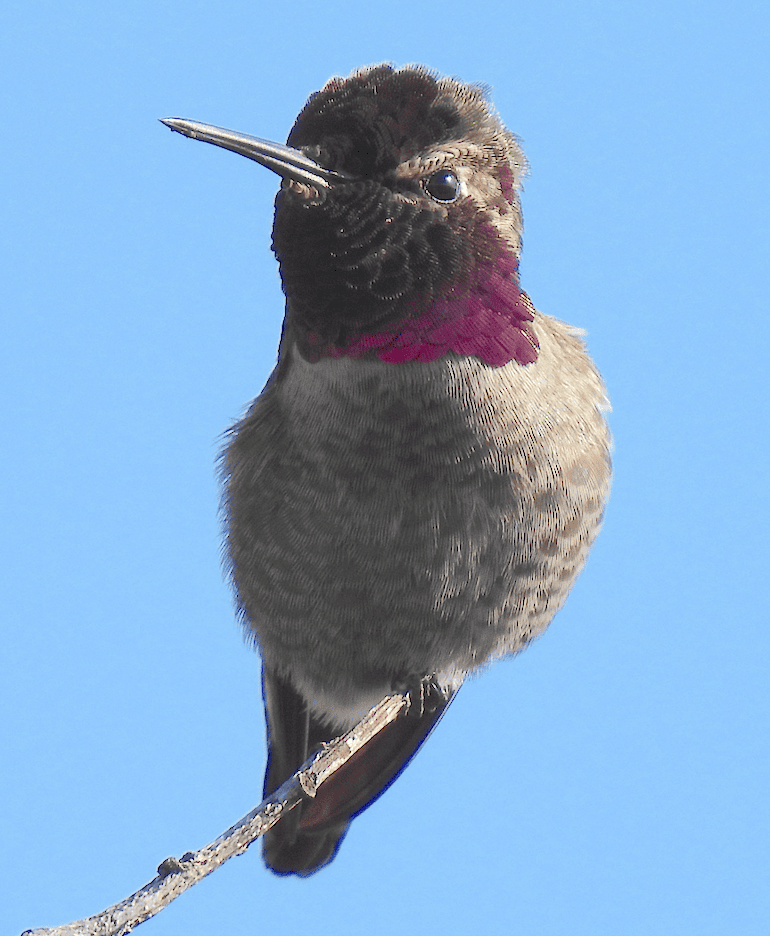 The iridescent patch on the throat of Anna’s hummingbirds is called a gorget, maybe because it’s gorgets — er, gorgeous. (I’ll show myself out now.) Photo: Sara Sato
The iridescent patch on the throat of Anna’s hummingbirds is called a gorget, maybe because it’s gorgets — er, gorgeous. (I’ll show myself out now.) Photo: Sara Sato
As for Kites, they need tall trees for nesting and nearby open grassland for hunting rodents — which they seek out by employing their characteristic hovering maneuver (“kiting”), then quickly swooping down on their prey. I’ll be honest here: at this very early stage of my birding apprenticeship, I didn’t even know that there were birds called Kites. In my defense, I grew up in Manhattan, where as far as I knew birds were either pigeons or — when Dad took me down to the Battery to ride the ferry — seagulls. (“Seagulls”: that’s what I spent 60-plus years of my life thinking they were called. But hanging out with birders has taught me to call them simply “gulls” — of which, it turns out, there are many kinds, some of them living far from the sea.)1
When Sara first pointed and said something like, “Look — Kites!” I thought she meant those things that you fly from a string — in my mind, an excusable error, especially as we were quite close to César Chávez Park, where people do fly lots of kites.
We’d been biking past a grove of trees near what we had come to call the Weird Picnic Table.…

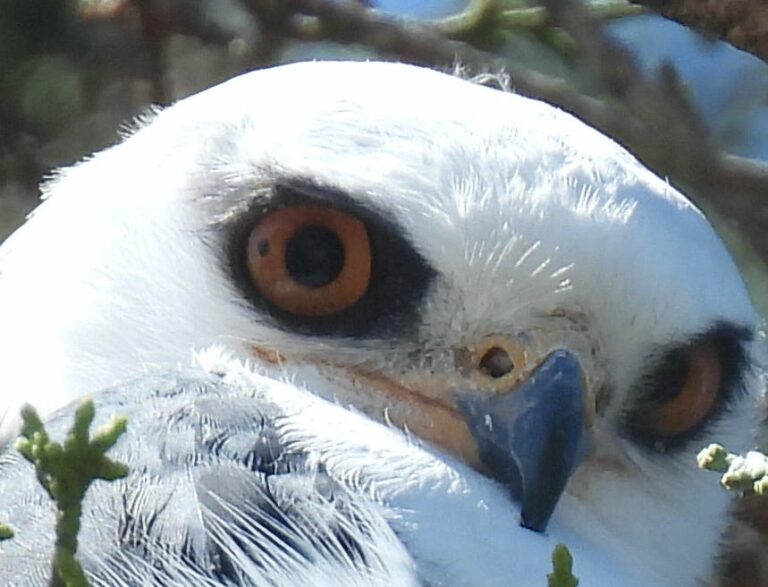
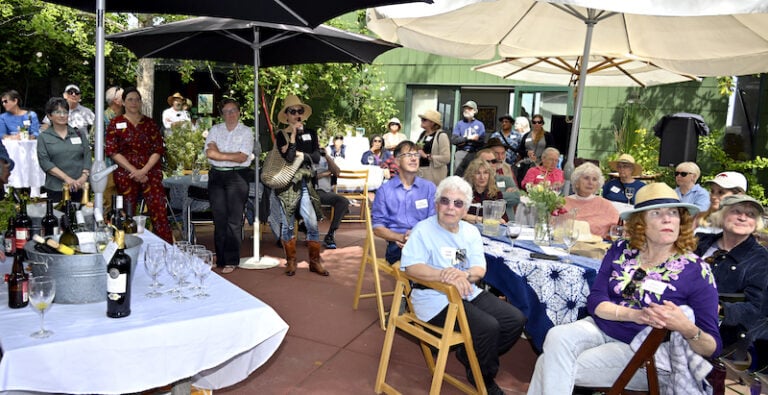
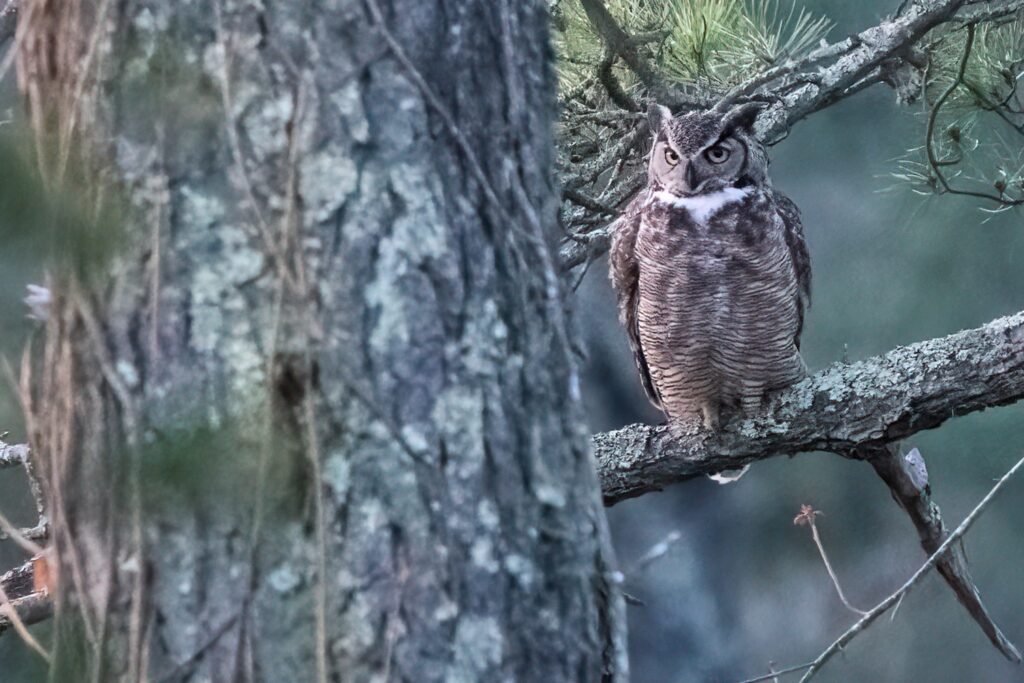 Great Horned Owl photographed during the Bay Birding Challenge, part of Birdathon 2023. Photo: Tara McIntire
Great Horned Owl photographed during the Bay Birding Challenge, part of Birdathon 2023. Photo: Tara McIntire
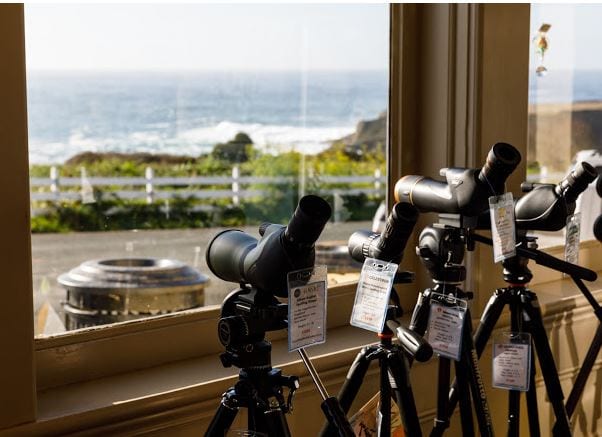
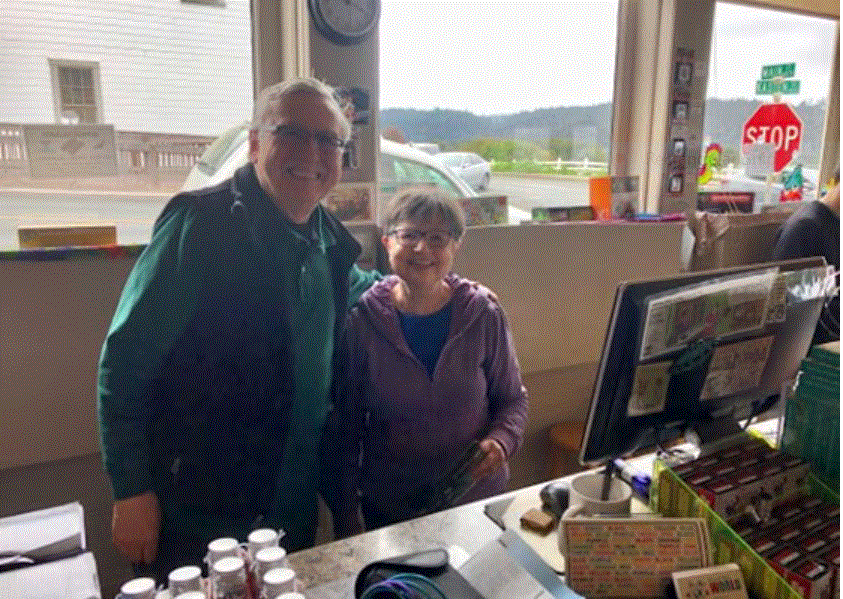 Marilyn Rose and James Blackstock
Marilyn Rose and James Blackstock
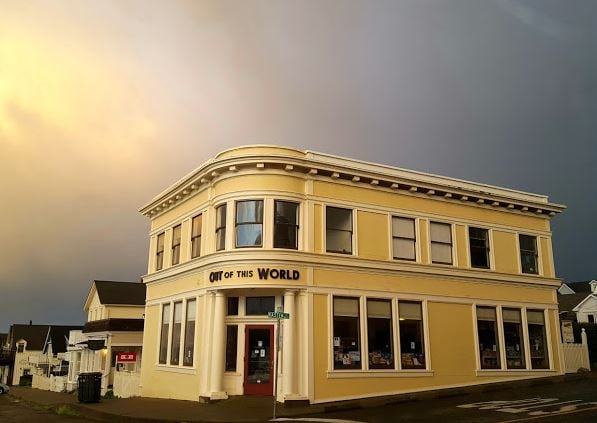 Out of this World
Out of this World
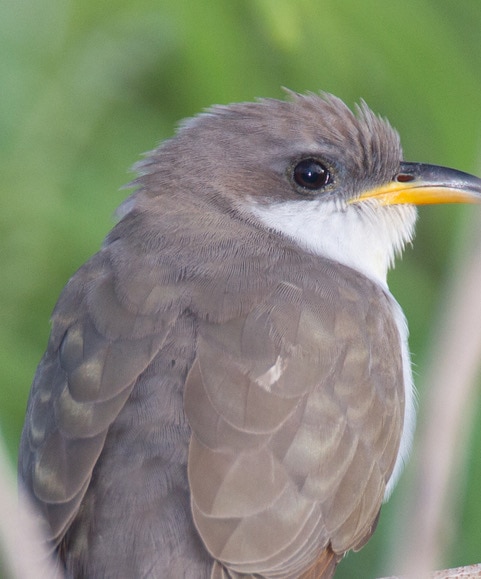
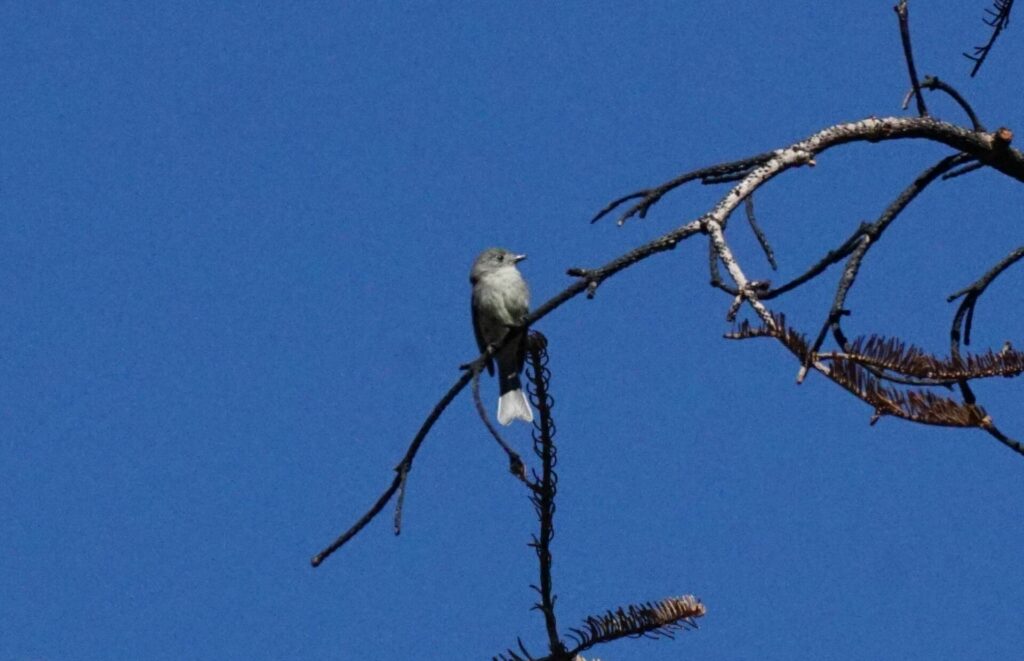 Hammonds Dusky Flycatcher by Andersen Yun
Hammonds Dusky Flycatcher by Andersen Yun
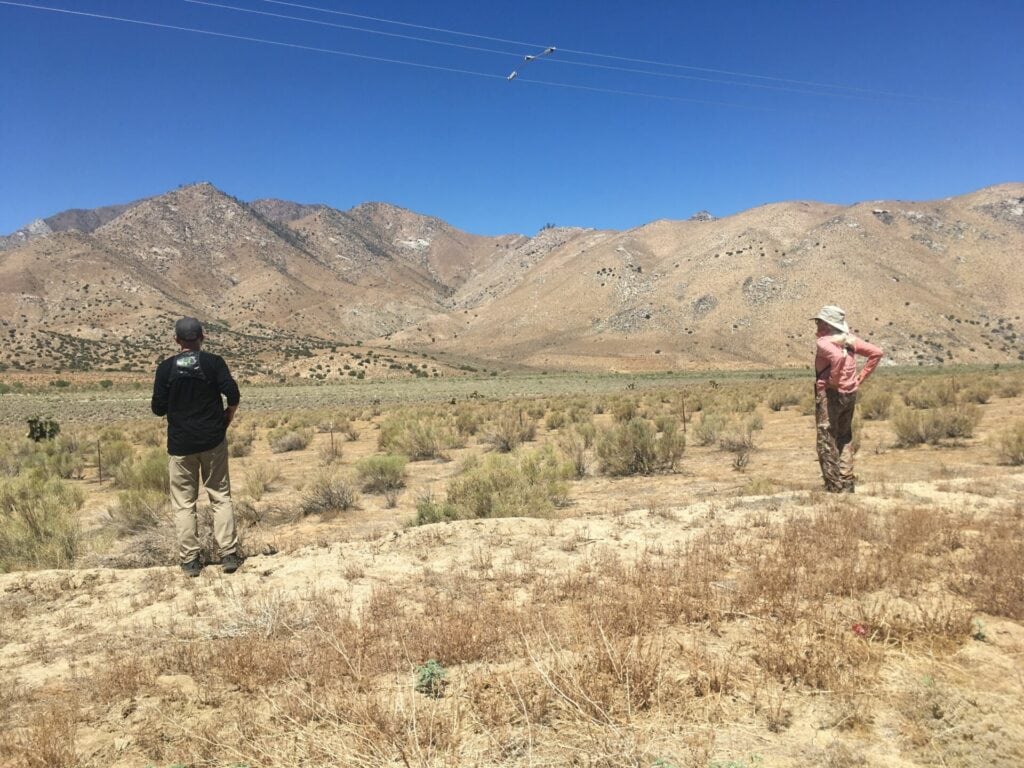 Mojave Desert – Brandy Ford
Mojave Desert – Brandy Ford
